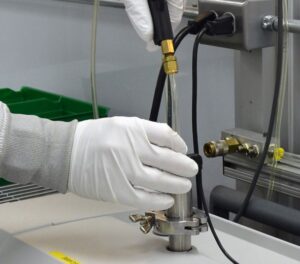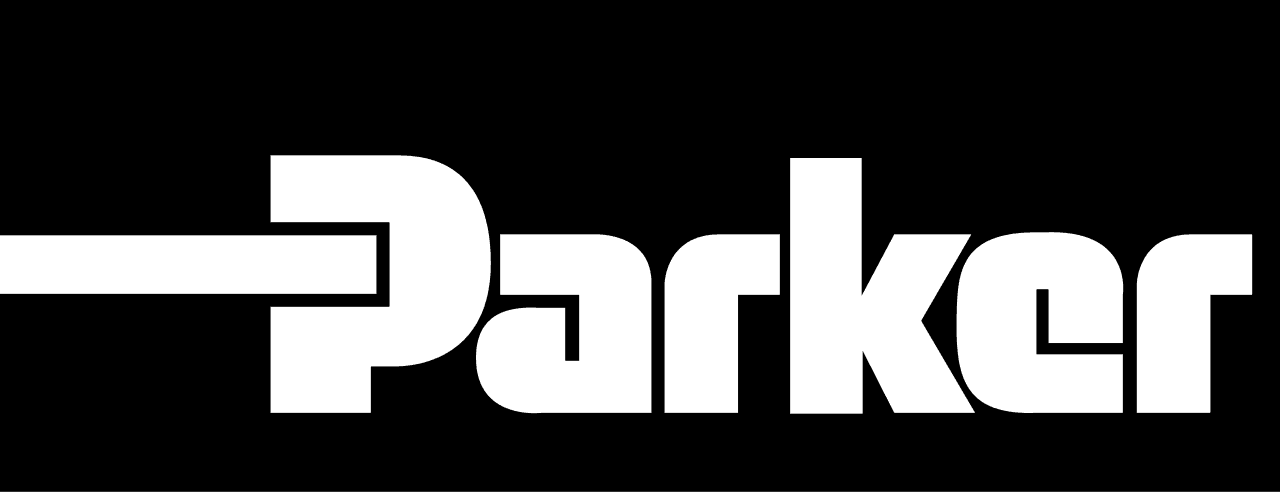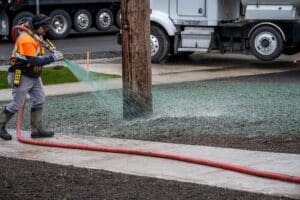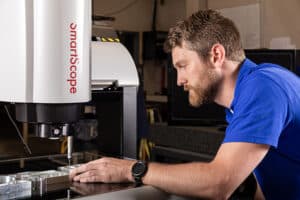The Importance of Leak Detection and Testing
 In many industrial applications, especially those involving sensitive processes, medical equipment, or hazardous materials, having reliable, leak-free systems is a must. The article, “An Overview of Leak Detection Testing” from our partner Clippard, explores the importance of low-leak valves and the testing methods used to ensure their performance. The article explains that leaks in a valve are quantified by a leak rate, and outlines two primary testing methods: pressure decay testing and helium leak detection.
In many industrial applications, especially those involving sensitive processes, medical equipment, or hazardous materials, having reliable, leak-free systems is a must. The article, “An Overview of Leak Detection Testing” from our partner Clippard, explores the importance of low-leak valves and the testing methods used to ensure their performance. The article explains that leaks in a valve are quantified by a leak rate, and outlines two primary testing methods: pressure decay testing and helium leak detection.
Pressure decay testing is a straightforward method that checks a valve’s seals by measuring its ability to hold pressure over a period of time. While it can confirm a valve is “bubble tight,” its overall sensitivity is limited. For more precise results, Clippard uses helium leak detection. This more advanced method employs a mass spectrometer to detect tiny amounts of helium that might pass through a valve’s seals in a deep vacuum. This approach provides a more accurate and specific leak rate, making it suitable for applications where even the smallest leak can have a significant impact.
Why Cross Company?
As a trusted partner and distributor for Clippard, Cross Company is well-equipped to help you find and implement the right components for your systems. Our team of experts understands the details of industrial automation and fluid control, and we work to provide solutions that improve quality and efficiency. With our knowledge and dedication to customer satisfaction, we can help you choose and integrate low-leak valves and other fluid control technology to meet the specific requirements of your industry.











